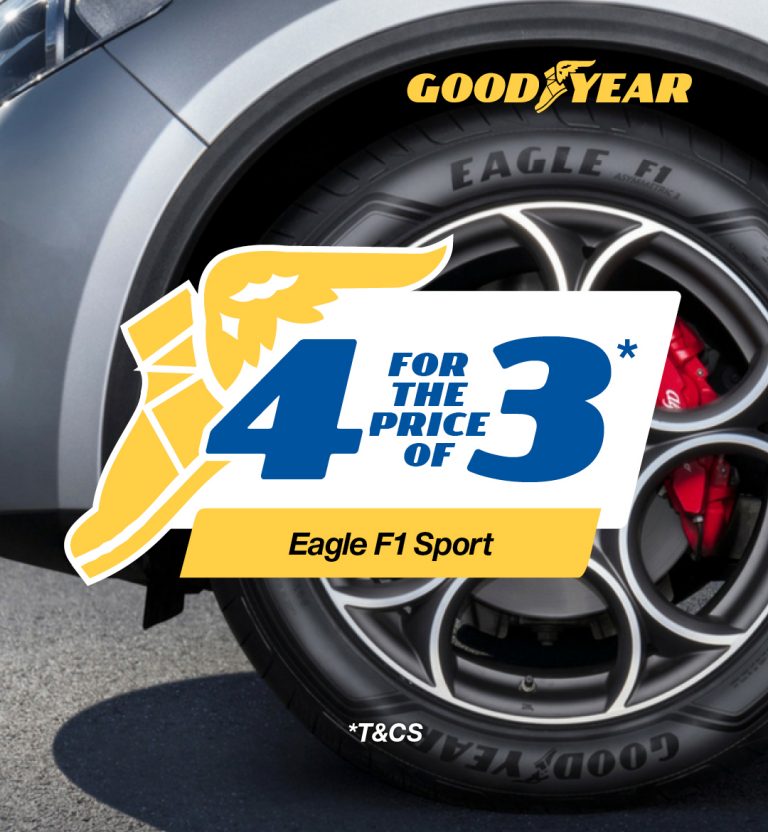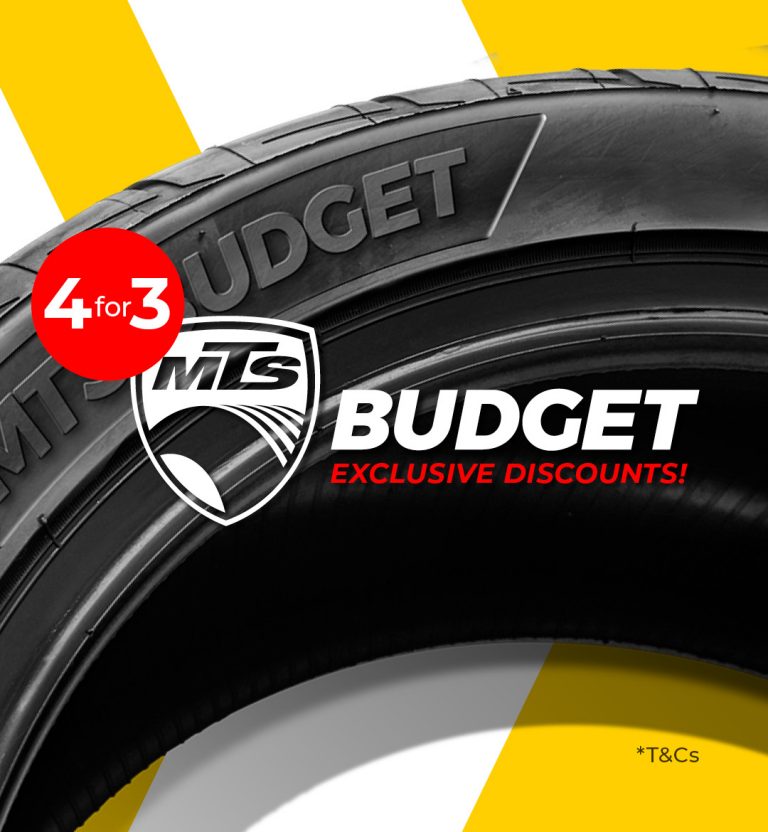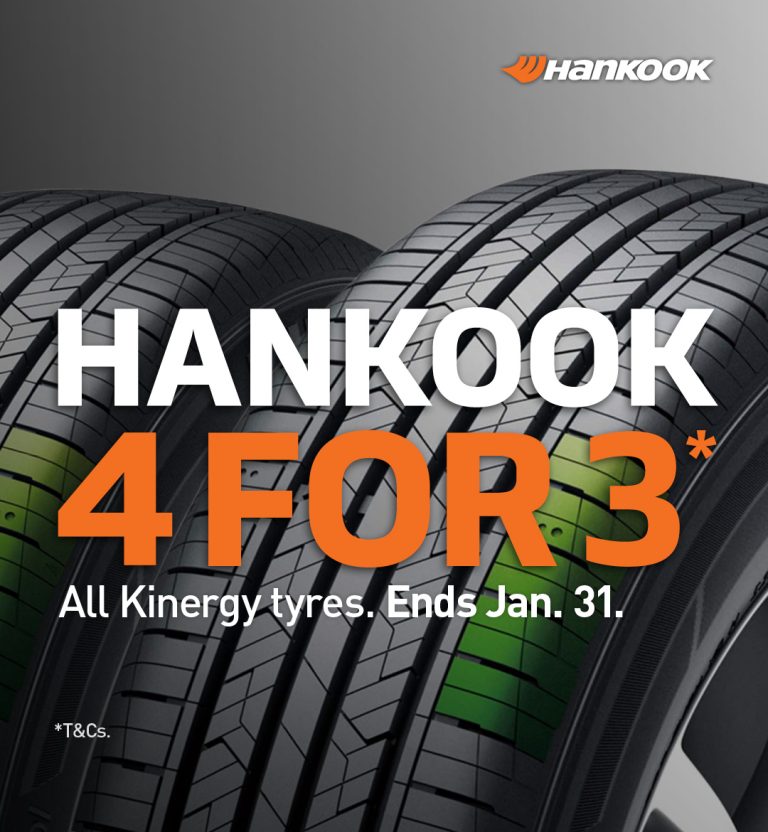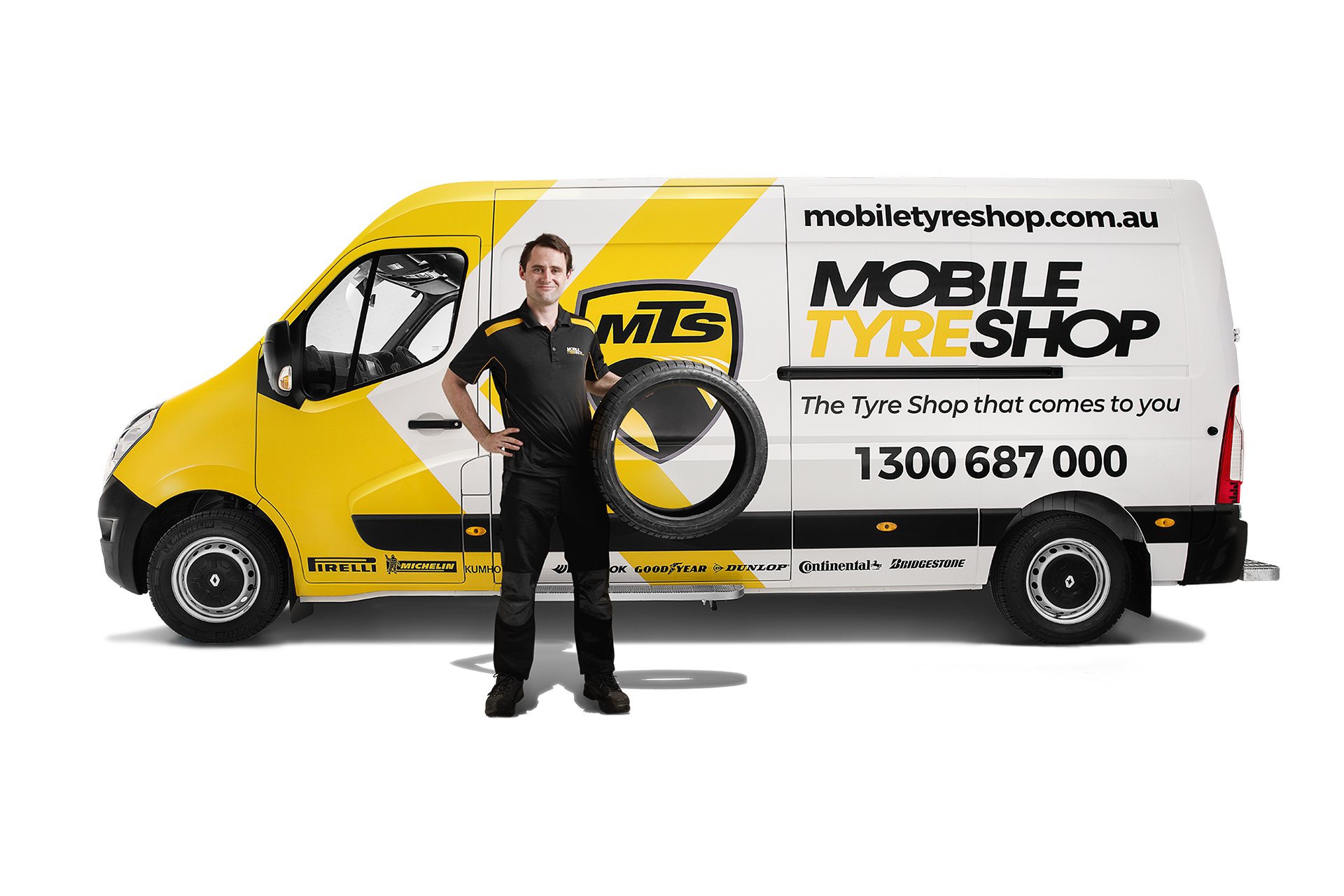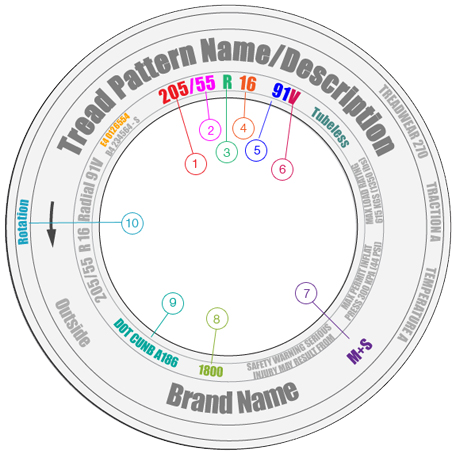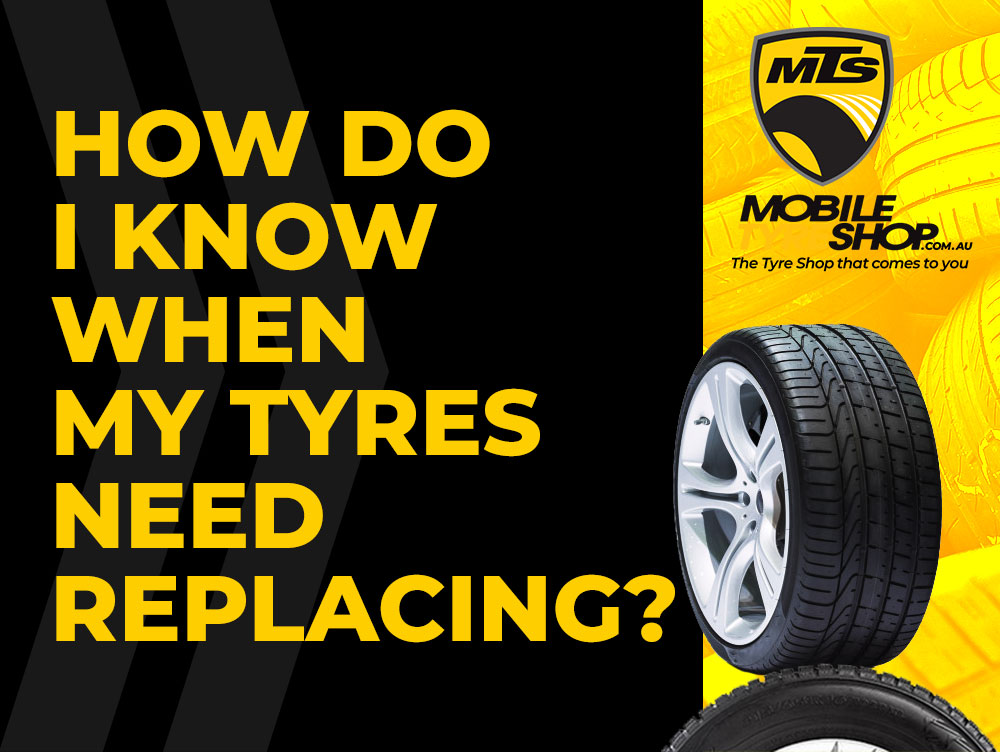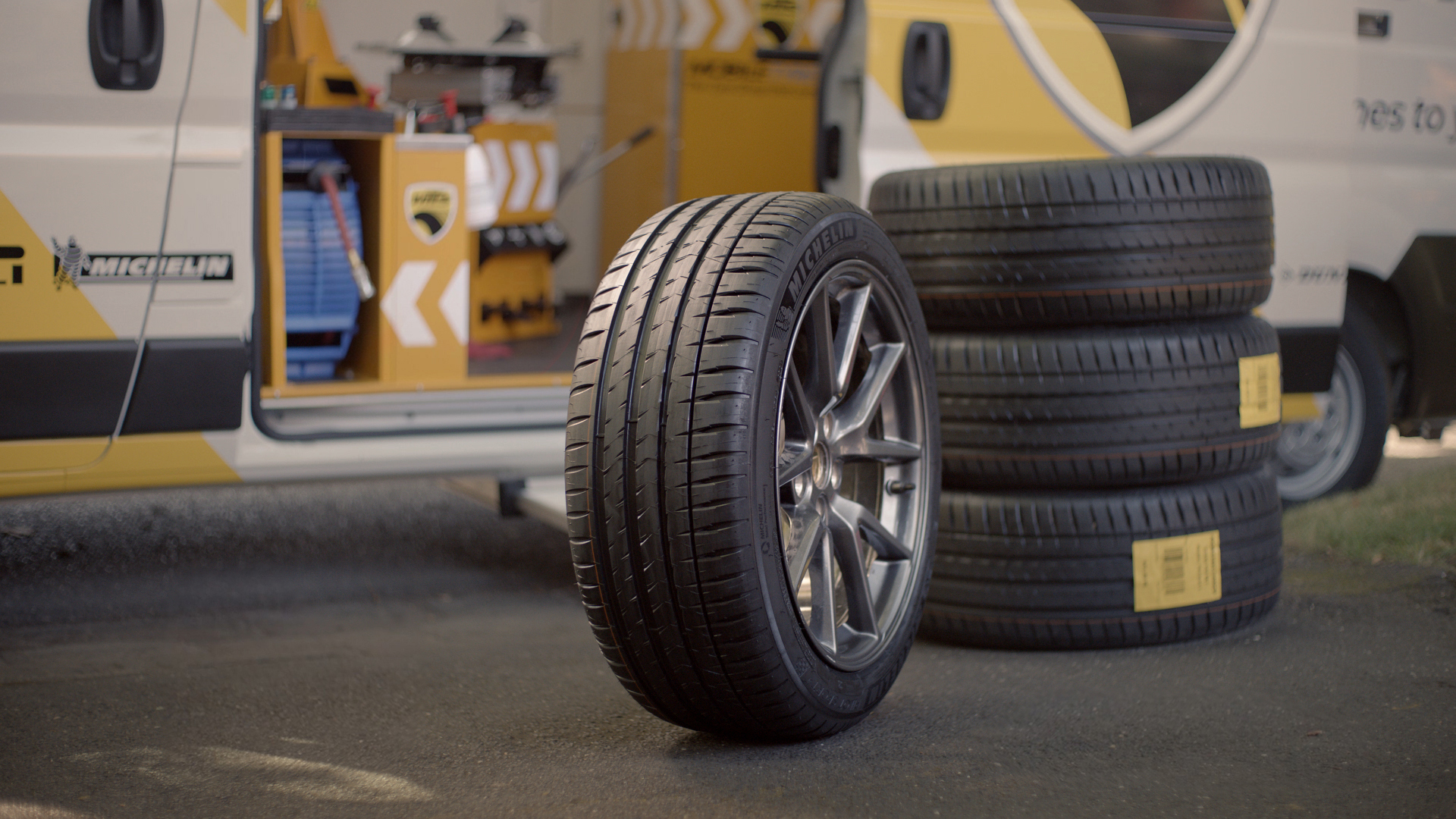It may come as a surprise that the tyres on your car or truck have quite a significant impact on its fuel efficiency. In today’s world, with fuel prices on the constant rise, it’s important to recognise that today’s tyres can affect your vehicle’s fuel efficiency up to 25%.. not an insignificant amount at all. So, why is this the case? And what can you do about it? Let’s delve into that throughout this article, and give you a greater understanding on what fuel saving tyres are out there, and ultimately guide you in the right direction towards purchasing the most economical tyres for your vehicle, if saving money is something that appeals to you..
Without sounding like we’re in a science class, the basic principle that causes this loss in fuel economy is friction or, ‘rolling resistance’. The more rolling resistance, or ‘friction’ between your tires and the road while moving, the harder your vehicle’s engine will need to work to keep the car moving forward. In turn, more fuel will be consumed, therefore more frequent petrol station fill ups, less money in your pocket. Are you still with us? Good! Let’s talk about fuel saving tyres.
What is a Fuel Saving Tyre?
Fuel efficient tyres are designed with a number of different attributes that when combined, aid in the reduction of your vehicles tyres rolling resistance on the road. The same way sports cars are designed have as minimal wind resistance as possible by manipulating the way the air travels through, or around the car by design, tyre manufacturers have their own way of reducing this friction caused resistance. Let’s get into that now!
6 Ways Tyres Affect Fuel Consumption
Tyre Friction or Rolling Resistance
Rolling resistance is the force of the friction created between your vehicle’s tyre, and the surface it’s driving on. The higher the rolling resistance, or friction – the harder your car’s engine needs to work to compensate, therefore it will be burning more fuel in the process, as well as putting unnecessary strain on the engine. An eco friendly tyre, or fuel saving tyres won’t need to work as hard to produce the same amount of power while moving.
Tyre tread Pattern
This is where tyre manufacturers’ design comes into play. Tread pattern is the pattern seen on the surface of your tyre, most commonly associated with its effect on allowing water to pass through the tread in a way that allows the car to have traction when driving in wet weather conditions. Not so commonly known, is that tyres tread pattern can affect your vehicle’s fuel efficiency for the better or for the worse. A more aggressive rigid tread pattern that may be seen on an off road ‘mud tyre’ would cause greater friction, therefore increase the cars rolling resistance and ultimately its fuel consumption. Fuel saving tyres are designed shallower and smoother, allowing for less friction on the tyre. If you watch Formula 1, you’ll notice that fastest lap times are always set when ‘slicks’ are on the vehicle, as they have zero tread pattern – minimal friction.
Tyre Size and Weight
Generally speaking, the bigger and heavier a tyre is, the more fuel your car will need to burn to move it. This is why 4WD mud tyres are significantly less fuel efficient than highway or urban tyres. It can be debated however, that for longer drives where you are stopping and starting less, larger tyres cover a greater surface area on the road, meaning they cover a greater distance than a smaller tyre and in turn require less energy to keep the car moving. But how often you go on these types of long drives may determine your preferred tyre size.
Tyre Quality
The quality of your tyre can also be a determining factor in your car’s fuel efficiency. When tyres wear out, the tyre tread can become uneven, making your vehicle work harder and in turn, use more fuel. Newer tyres have even tread, creating lesser friction with the road resulting in greater fuel economy. We have an article here about why you should consider buying premium tyres.
Tyre Pressure
Having the correct tyre pressure in your vehicle’s tyres is important, and it’s always a good idea to read the tyre pressure placard on the inside of your vehicles door to keep pressure levels in line with your recommended PSI. When you have lower tyre pressure, the more surface area of the tyre is touching the road, creating greater friction, as well as wearing your tyres down incorrectly. The reverse is also detrimental, if your tyres PSI is too high, you will have less tyre touching the road, reducing traction and wearing your tyres down unevenly. The idea is to find the middle ground, which is set by your vehicle manufacturer and found in your owner manual.
Wheel Alignment
Having your vehicle’s tyres in their optimal position, or, ‘alignment’ is important as if they are out of alignment you will be creating greater rolling resistance, and as you have already learned, this is exactly what we’re trying to avoid! So make sure to get your wheel alignment checked regularly or when servicing your car!
Maintain your tyres to encourage fuel efficiency
Hopefully we now have a thorough understanding of what a fuel saving tyre is, the fun science behind it all.. (if that’s your thing), and what you can do to spend the least amount of your hard earned money at the fuel station! It may also be worth noting that a smoother driving style, avoiding potholes, rough surfaced roads, and harsh braking are all good tips to maintain your tyres optimum tread, so keep those eco-friendly driving tips in mind when you’re out on the road.
Here at Mobile Tyre Shop we make it easy for you to choose the right tyres for your vehicle, put in your vehicle registration number here and browse through our large range of eco-friendly tyres. And don’t forget, we make it even easier for you to get saving sooner, with our come to you tyre replacement service, free or charge!

